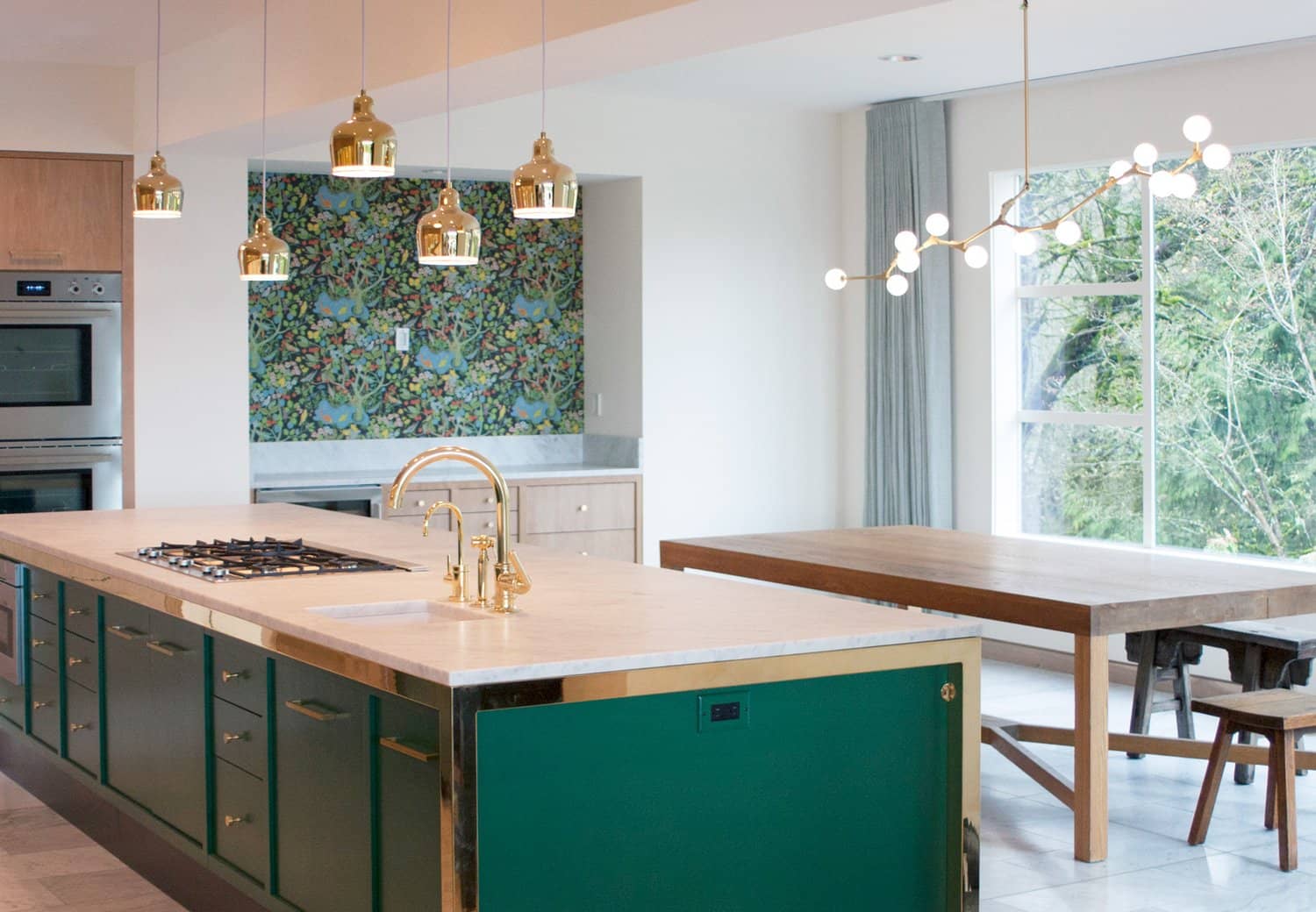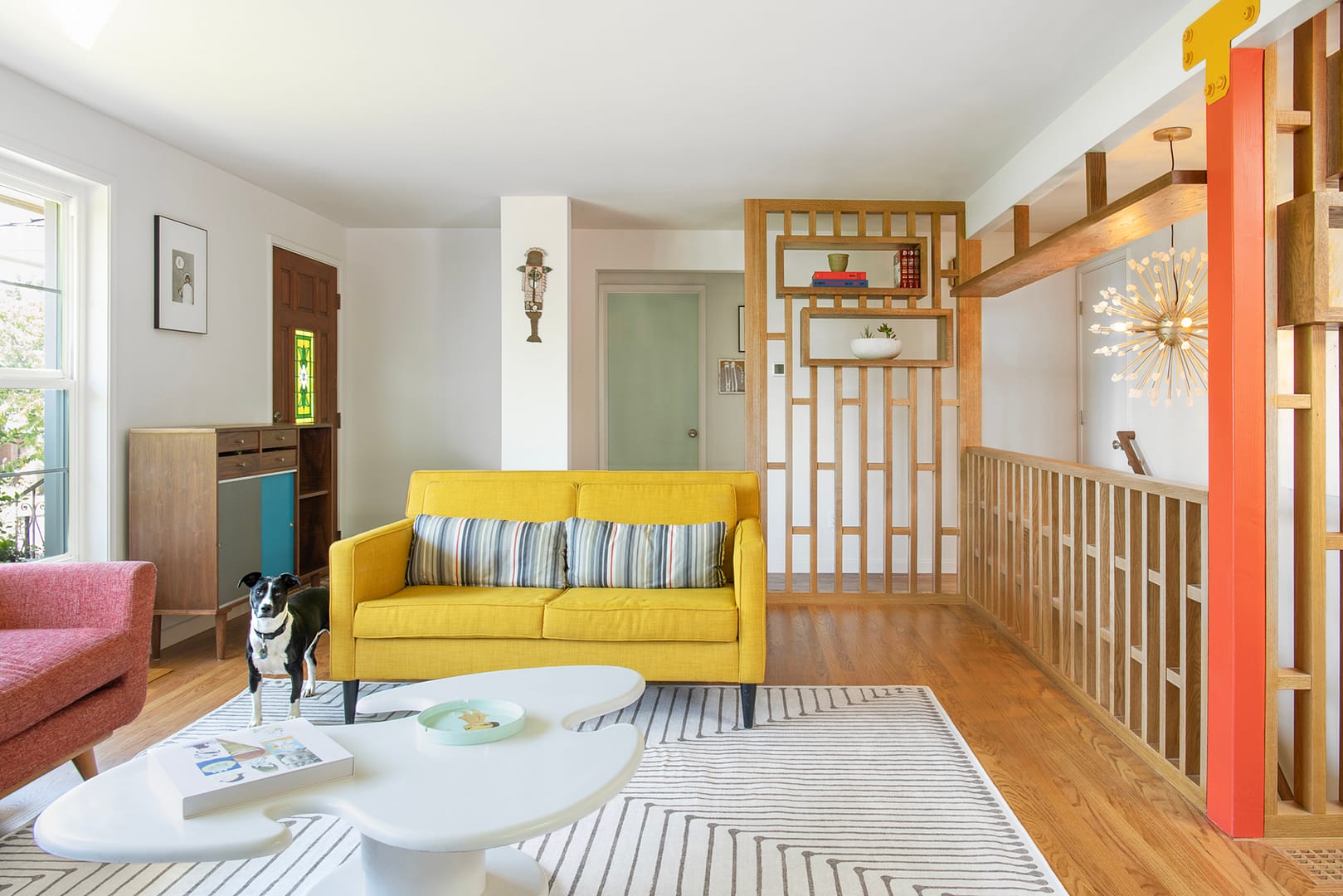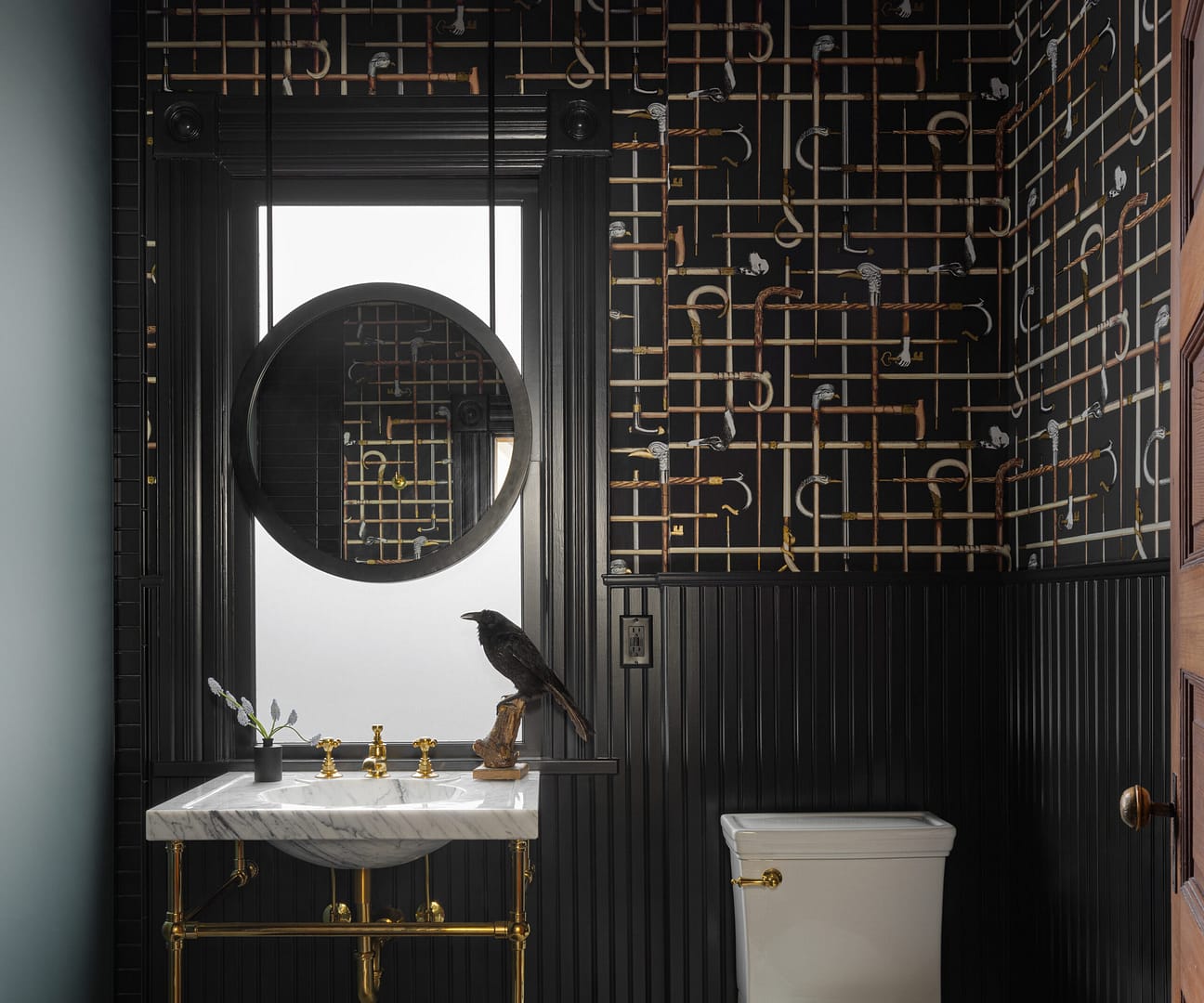Architect Gary Gladwish, interior designer Eric Swanson, and builder Hammer & Hand teamed up to transform three dark and cramped spaces in a Seattle home into bright and airy rooms. The team updated a guest bathroom and kitchen with new finishes, paint, and nearly doubled the size of the master bathroom.
Learn more about our kitchen and bath remodeling services.



